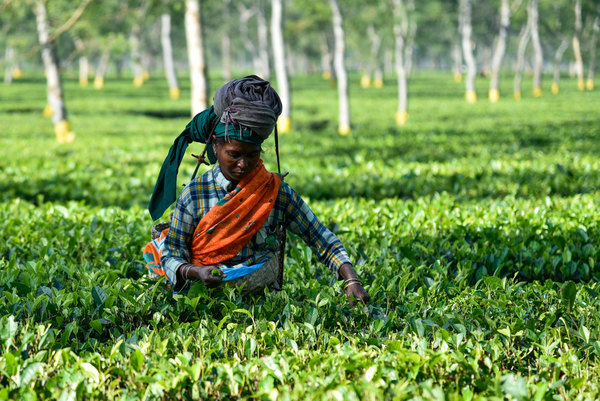Trick or treat?
Universities in Colombia are using their national newspapers to raise awareness of science in their country. Is that a trick or a treat?
Putting a value on Mau Forest
Photo courtesy of United Nations Environment Programme. Mau Forest Complex forms the largest closed-canopy forest ecosystem of Kenya. It is the single most important water catchment in the Rift Valley and western Kenya. As Dave pointed out in his blog article last year, the ecosystem services provided by Mau Forest support key economic sectors, including…
Carbon sequestration: Could GM trees be the key?
New research in the latest issue of BioScience examines the prospects for enhancing biological carbon sequestration through a variety of policy and technical approaches, including the deployment of genetically engineered trees and other plants. Forests of genetically altered trees and other plants could sequester several billion tons of carbon from the atmosphere each year and…
Solving the UK’s future energy needs with organic waste
Recently, the UK Committee on Climate Change (CCC) sent a letter to the Climate Minister Chris Huhne, in reply to Huhne's earlier letter requesting update on the level of the UK renewable energy ambition to 2020. In the reply letter the CCC suggested that one of the country’s renewable energy targets (to obtain 10% of…
How the atmosphere above the Amazon rainforest – the purest air on Earth – can help to cool the planet
Scientists from Harvard and São Paulo University (USP) carried out a research to try and find out how the planet’s climate was before the industrial revolution. For this they were searching for the purest air in the planet and found it in the atmosphere above the Amazon rainforest. The study is crucial to understand cloud…
Millennium Development Goals – where next?
This week the UN debated the progress made on the 8 Millennium Development Goals (MDGs). These goals, agreed by 189 countries set out targets for achievement in hunger, poverty, education, health, sanitation and equality that have channelled development efforts in the last 10 years. They are much criticised but represent an unprecedented international agreement on what…
Wild chimps outwit bushmeat hunters
Across Africa, people often lay snare traps to catch bushmeat, killing or injuring chimps and other wildlife. But a few chimps living in the rainforests of Guinea have learnt to recognise these snare traps laid by human hunters. More surprisingly, the chimps actively seek out and intentionally deactivate the traps, setting them off without being…
Climate change for football fans!
If you’re a football enthusiast and want to know the facts about climate change, then Climate Change for Football Fans: A Matter of Life and Death, by James Atkins, is the book for you. It's written as a series of conversations between Joe, a football-mad Burnley FC fan, and Professor Igor who is obsessed with…
Amazing microbes!
(Image from Terry Hazen group) Microorganisms were the first living things in the planet. They are very versatile and are able to replicate rapidly. They even exchange genes – for example bacteria can exchange genes between different species. These features allow them to adapt and survive in new environments fairly quickly. Bacteria and archaea are…
Sustainable food doesn’t mean saying no to technology
The First Sustainable Food Chain Summit last week gave a clear message that to provide food sustainably for the future we need to use technology to bridge the gap between available resources and the amount of food we need to produce. As well as recommending the use of technology, to increase shelf life and reduce…


